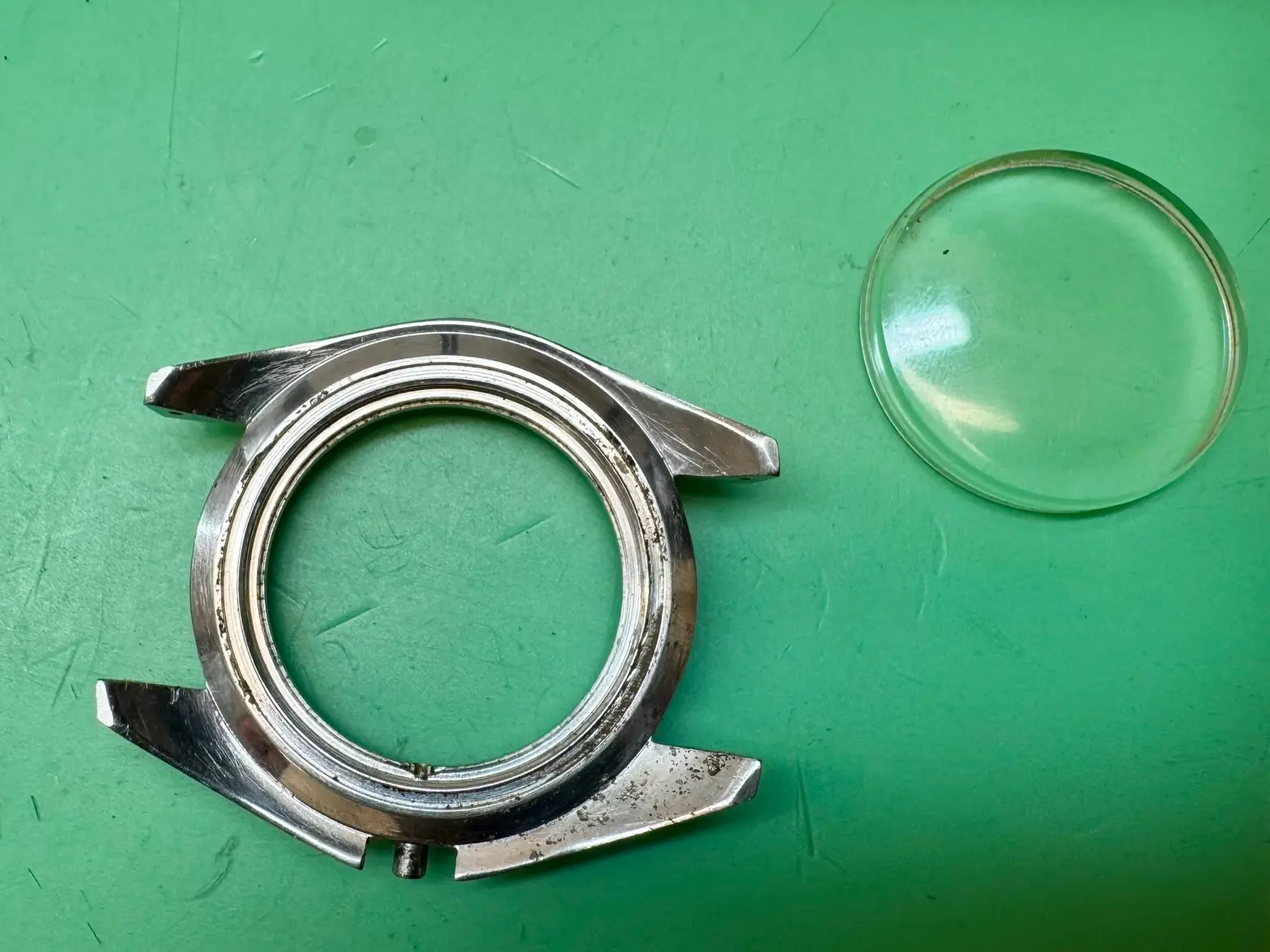@Horologist Hi, yes, I`ll ask for the photos, once the case is on the bench. And yes, as stated earlier, the watch has spent its whole live in and on and close to the sea... my experience is, that CB cases are more prone to corrosion, than HF cases... may be just mine experience, but what about yours?
@southtexas Yes, I was considering it. I like the steampunk look of it, that`s why it caught my attention. That is also a reason, why I will use different set of hands and keep this skeletonized pair in the box if I ever change my mind...
Movement parts: in the past I was able to source quite a few of pristine movements on ebay for +-100 euro, even some NOS 565 movements for 200 e... not so easy nowdays and I can imagine, how pricy could be the movement restoration, if all needed parts were ordered from Omega....
Cases: everything can be done today with all the possibilities of 3d scans and cnc machines, but it will never be original... I was offered, if I want to have the case made from scratch, but I of course refused. I know my fellow friends are making new cases mainly for Tag Heuer chrono vintage watches from stainless, so they are capable of. As the original cases are chromed brass, they are often beyond repair.
And to the question of laser welding the cavity corrosion on stainles - I asked them, it can be done, but the affected areas has to be grinded/drilled out to healthy material first, welded and grinded to shape... can be done, but quite a lot of work as you can imagine.
Will keep you updated/entertained on this project, that`s why fora is for, isn`t it?
😀 Good luck to everyone.
